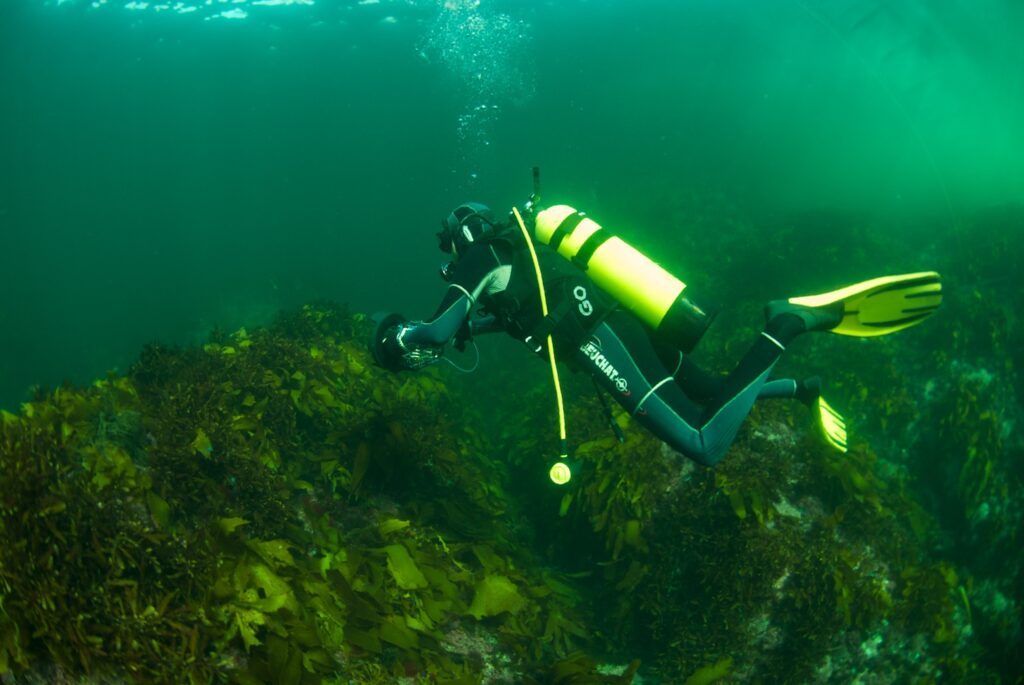
Discover the rare marine biodiversity of Fiordland
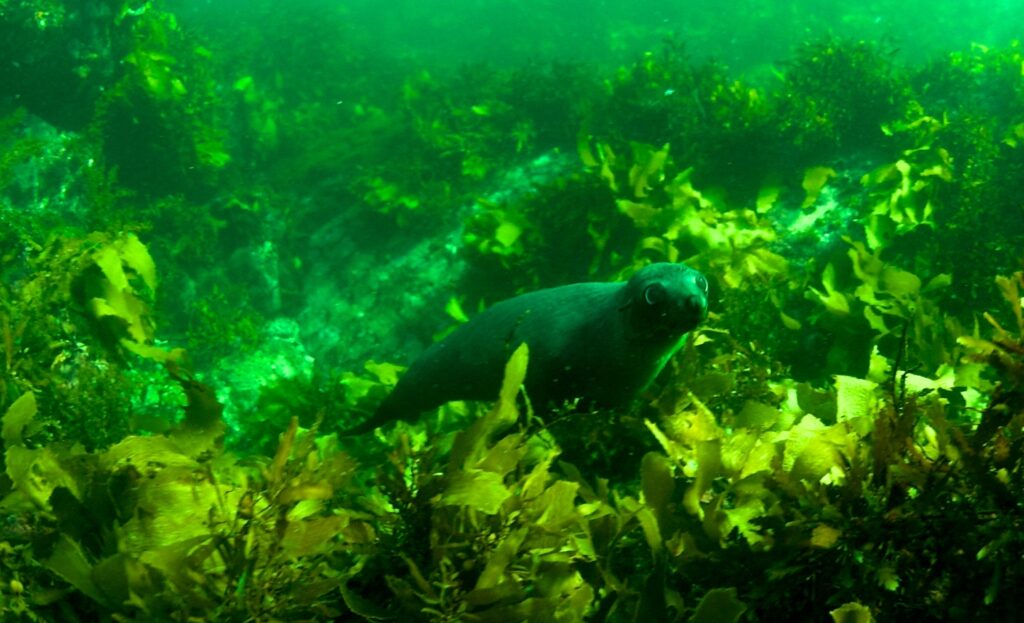
In order not to stay too long in the very cool fresh water, divers immerse themselves rapidly along the rock wall in muddy water colored by humus and organic decomposition. Curious sensation of floating in this kind of ice tea at a temperature of 5 °C, atmosphere sepia photograph of the 19th century… The top layer thickness of 5 to 10 meters is made of fresh water coming from rivers and waterfalls of dropping from the mountains, while the lower layer coming from the sea is distinguished by its incredible clarity. What a relief to finally feel the warmth of the salt water whose temperature rises about 14 ° C!
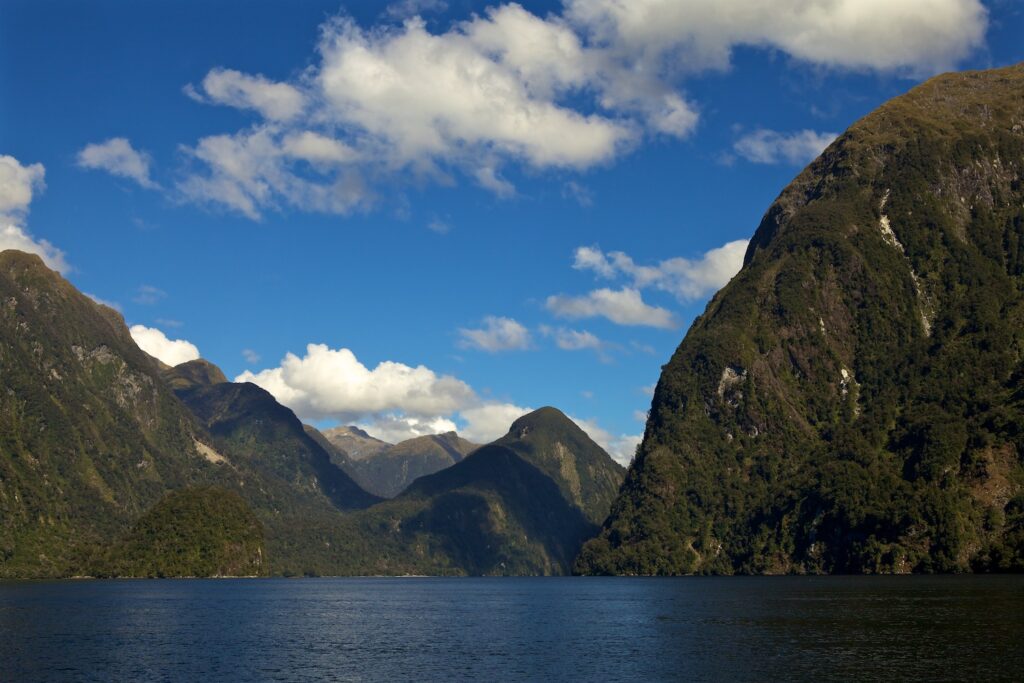
And wonder how to observe this new world populated by unexpected species. Fjords are known to house in 10 meters depth species usually living at 1000 meters! Ground observation dreamed for marine biologists. The lack of swell and darkness which rule are responsible for this phenomenon. The difference in refractive index between the two layers of water gives difficulties to the light to penetrate. There are, therefore, many species living closer to the surface than usual, as the black coral (Antipathes fiordensis).
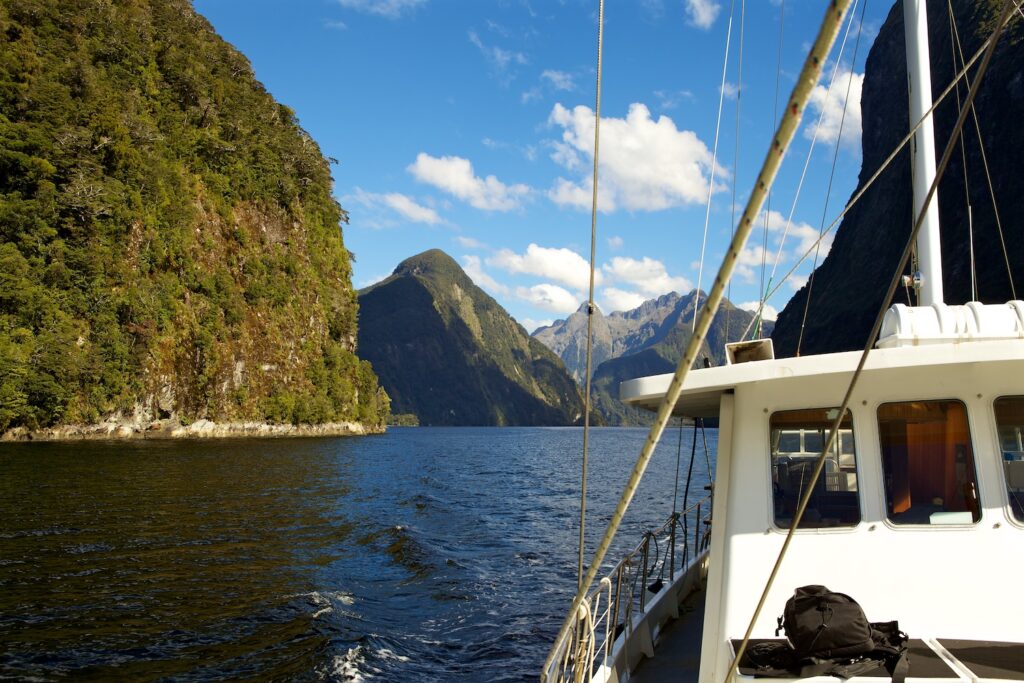
Sensitive species with slow growth and long life
Fiordland is known for its population of black coral, marine fjords real star, which turns out to be the largest in the world. These animal colonies live here between 5 and 35 meters deep and grow more slowly than their tropical counterparts. If black corals get their name in their vernacular skeleton, we recognize their branches with thousands of silvery branches. These kind of branches can measure up to 4 meters, allowing polyps deploy their tentacles to capture plankton in the current. Aware of the rarity of the species at this depth, we take time to admire a specimen hang to a rocky slope at -15 meters.
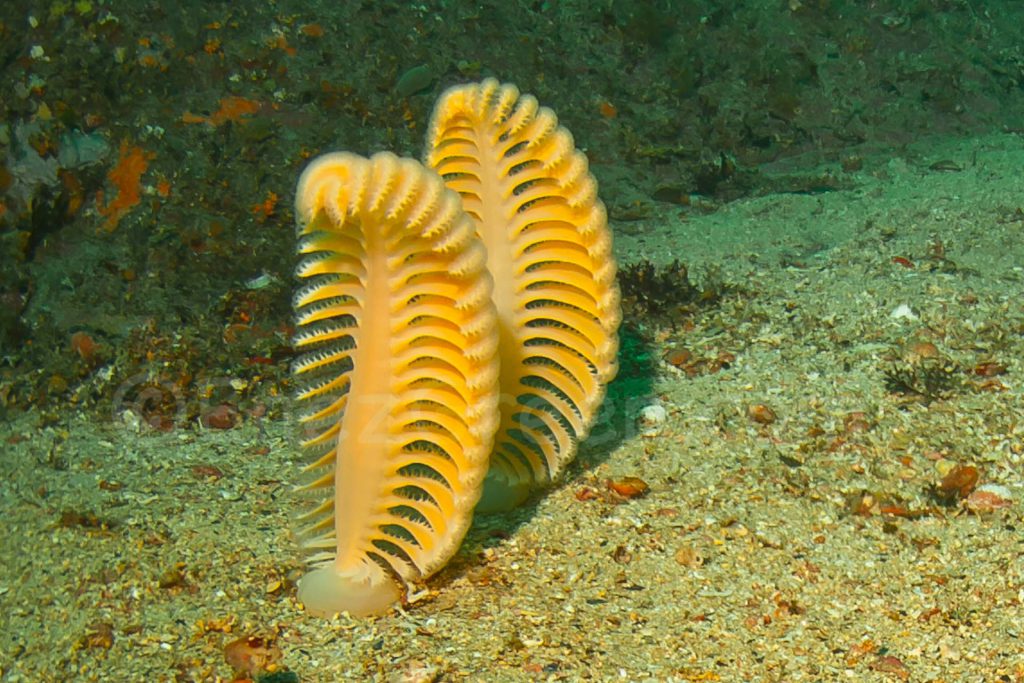
As a fan, it swings elegantly from the clear waters of Doubtful Sound… Magic! Cessiles organizations, which are attached to the substrate, are numerous in the fjords. Fiorland also recorded the highest concentration and diversity of brachiopods in the world. On cliffs swept by currents, we see a world of colorful yellow and orange sponges, brachiopods bright red, crinoids, starfish, sea cucumbers and brittle stars… These soft coral species living in cold water are particularly fragile and very slow growth, with a life expectancy of between 50 and 100 years for some! Like bulls in a china shop, we are moving slowly maximizing buoyancy and controlling each stroke of fins to minimize our footprint in this masterpiece.
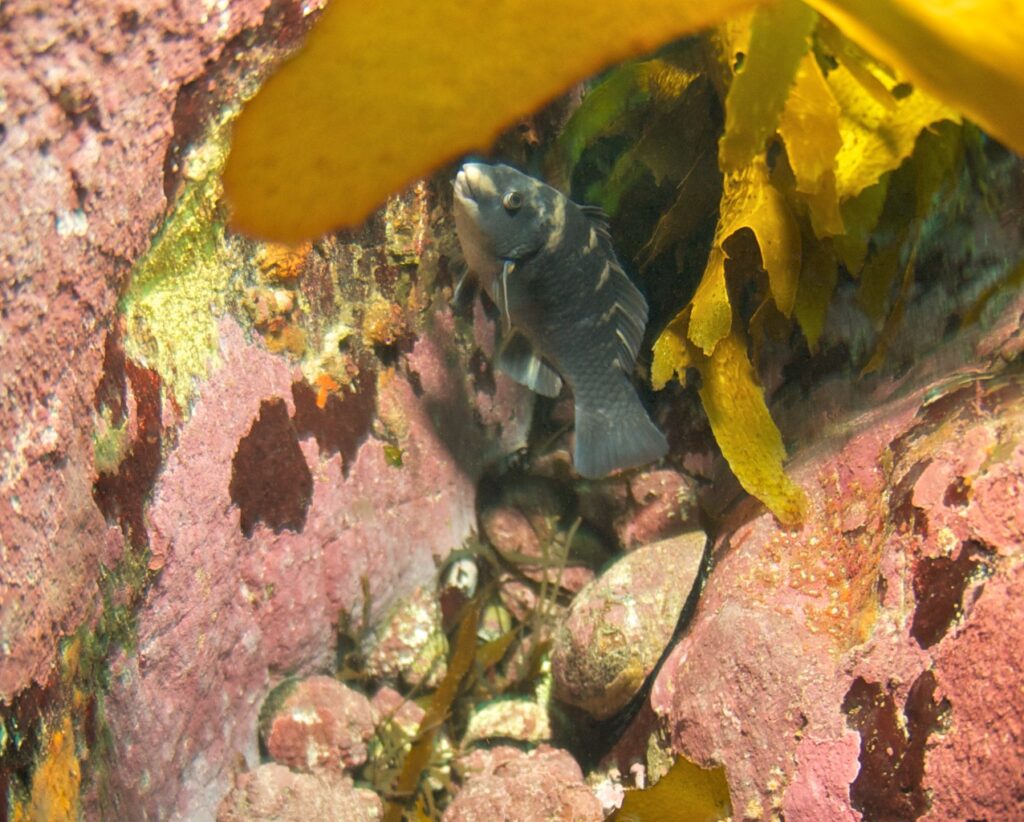
Considered as one of the most exciting dive spot of New Zealand, ‘Gut’ not the most poetic name, remains a spot for experienced divers due to its depth and currents that can be very violent in certain areas. These warnings in mind, we carefully dive until a wide sandy plateau at a depth of 25 to 30 meters where we discover with delight a beautiful crimson color pennatules group. These small ferns of 30 cm to 40 cm height erect upright on the bottom. A magical and unusual situation for most divers who rarely have the opportunity to observe this pennatule species. Like many others fjord marine species, these sea pens are observed in very shallow waters.
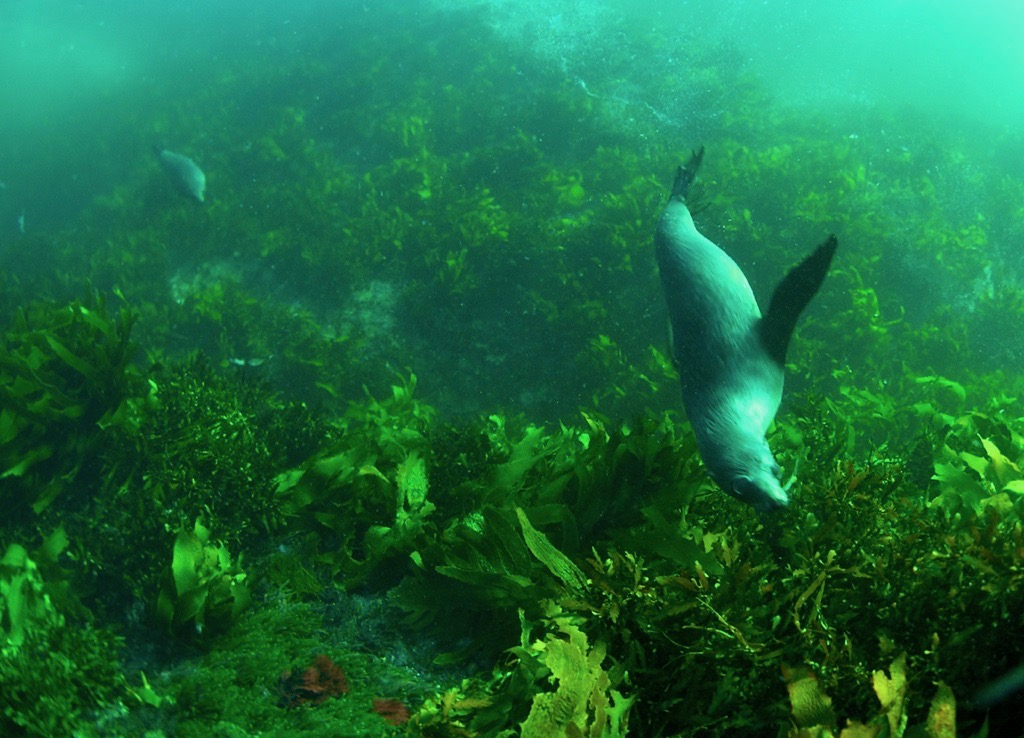
Rare species of soft corals in cold water
Some ‘blue cods’ (Colias Parapercis) and sand perch keep us company while we take a few pictures of these aquatic treasures. But we are not at the end of our surprises since falling 10 meters further, we reach the highlight of the dive: a magnificent massive hydrocorals a striking bright red! In addition to these jewelry, stands a rocky reef covered with a carpet of bright yellow parazooanthides.
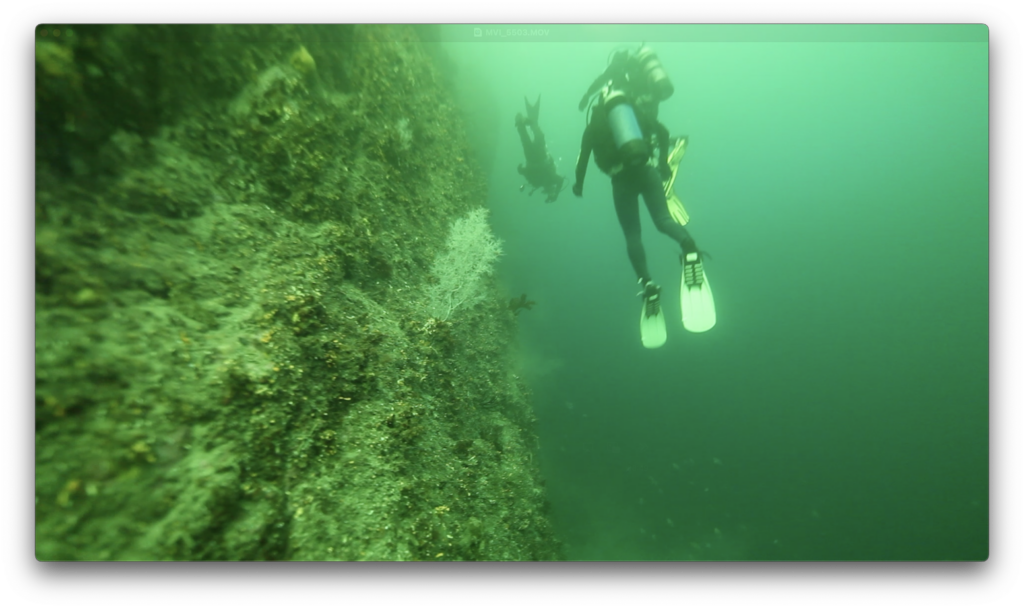
The decor is truly magical. Away from ideas of dark colors and dull, the seabed fjords offer incredible atmosphere and surprises for divers who can satisfy their fantasies of treasure hunters… Time to take some photos for this vision chimeric we begin the ascent. Indeed, it is not recommended to dwell in these waters deep near a stream which can be dangerous. And then we need to think about decompression, the way back we needed to spend the day by the Wilmot Pass, a road passes totaling 680 meters.
The marine reserve is too small and without effective control
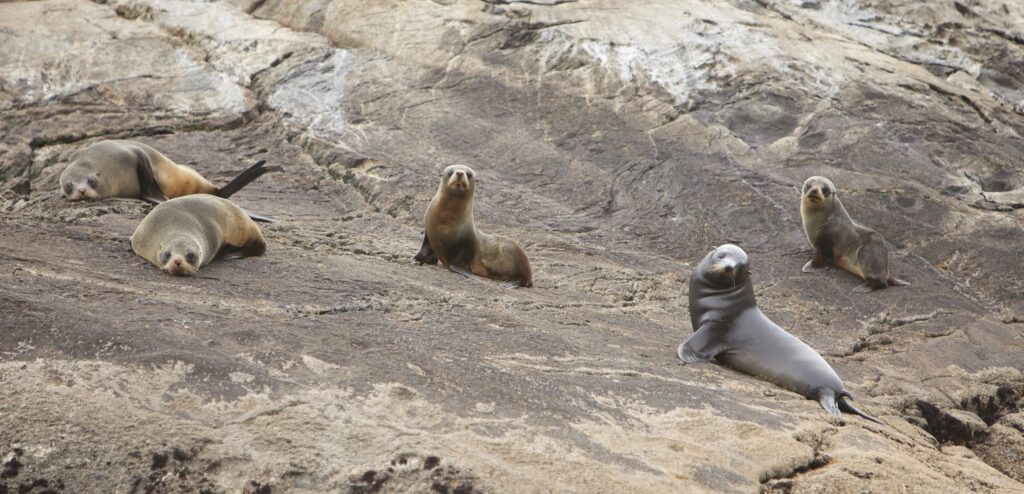
Dives into the fjords cannot be improvised and require a certain diving experience. During the immersion, we unfortunately have seen some broken coral branches and some macro waste… Of damage, according to our hosts, the increase in attendance dive sites and a lack of respect for the ecosystem so unique and fragile. According to Ruth and Lance Shaw, sport fishing boats are more likely to browse the Doubtful Sound despite its geographic isolation. Lack of control, these operators catch blue fishing cods, groupers, abalone, lobster and scallops respect without any quotas…
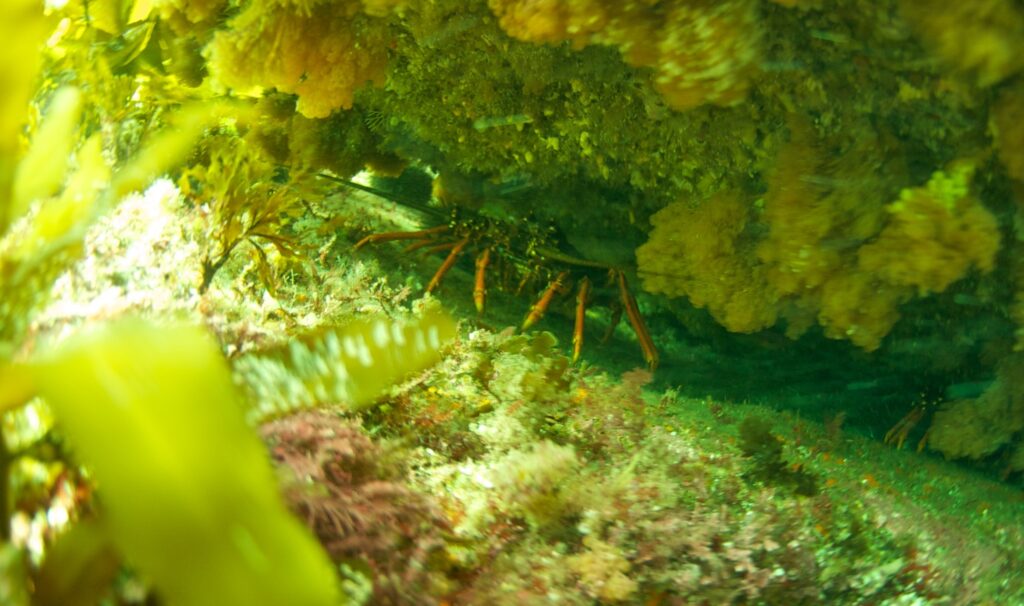
Our guides remind us that their company Fiordland Ecology Holidays was the only one to offer cruise without fishing! Today, most operators offer Doubtful Sound cruises with fishing and even hunting deer activities… Ruth and Lance deplore the too small marine reserve, which represents only 5% of the total Doubtful Sound area! Proposals for the establishment and expansion of marine reserves and establishing quotas to better manage the daily catch of fish by species and seasons were made by the ‘Guardians of Fiordland Fisheries and Environment’ organization which includes members of the local Maori tribes. Meetings are held regularly with local officials representing the DOC, but no decision has been endorsed so far. Development of sustainable tourism is one of the solutions to enable Fiordland keep its treasures…


